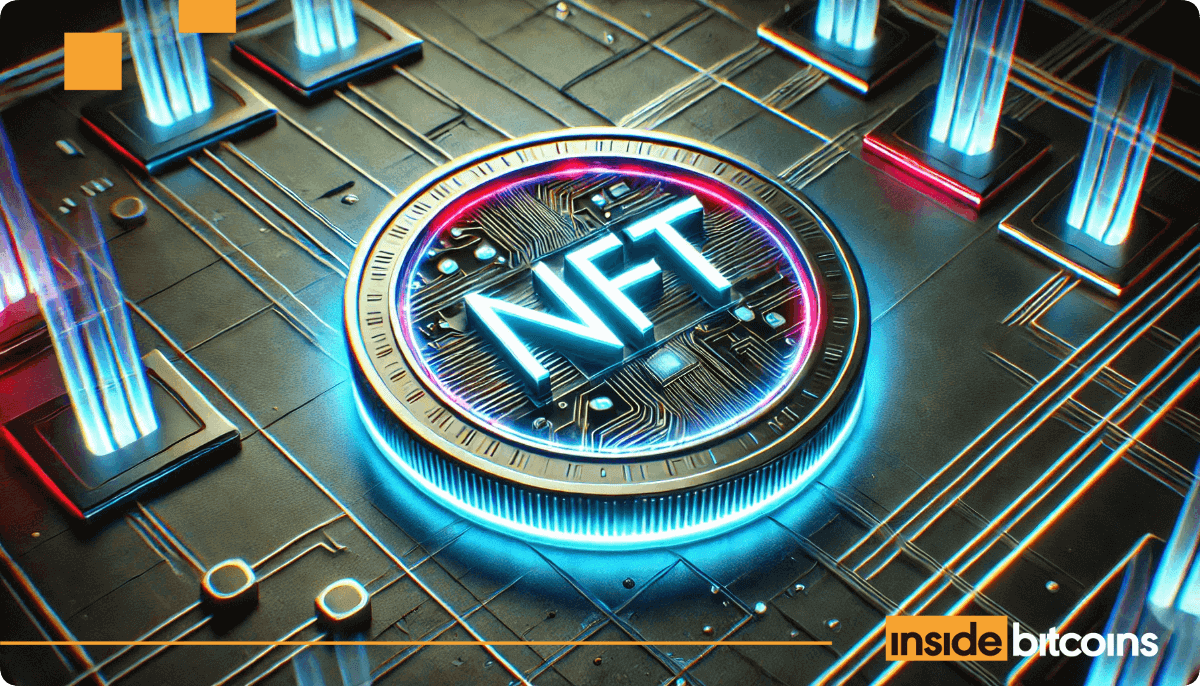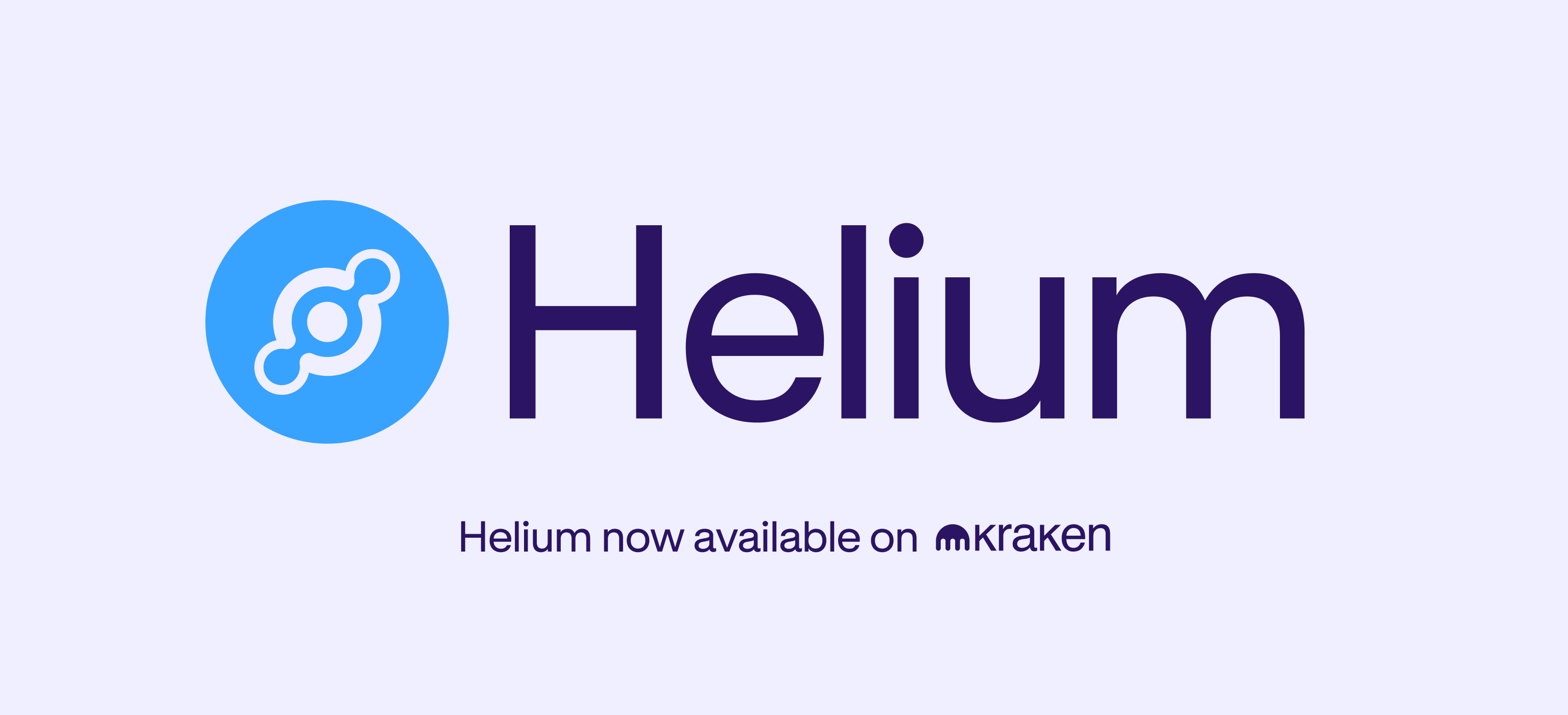Why the Gold Rush on Inscriptions Broke Six Blockchains

The recent “gold rush” to engrave everything from profile pictures to meme coins has strained at least six blockchain networks over the past week, causing them to crack.
In the past few days, Arbirtrum, Avalanche, Cronos, zkSync and TON have all suffered partial or full outages due to the inscription, with modular data availability network Celestia the latest to succumb, according to industry researchers. Posted Screenshot from Block Explorer on December 18th.
A video was also released Posted Bulk mining on the Celestia network.

“Our team is actively investigating, but the continued surge in inscriptions confirms that the sequencer has properly stopped relaying transactions.” Arbitrum Confirmed On December 16, there was a 78-minute power outage.
Meanwhile, Cronos developer Ken Timsit said: reported The team implemented a network update to enable dynamic transaction fees that change based on transaction volume.
“The chain is now better able to withstand traffic surges like the one we saw this week caused by high demand for inscriptions,” he said.
What drives the gold rush?
Like Bitcoin ordinals that allow data such as text, images, videos, etc. to be input directly into the chain — people can now do the same on Ethereum and other EVM-based chains by inputting data into transaction call data. I realized.
Cryptocurrency developer Shardul Mahadik explained:
“Bitcoin inscriptions are like writing on the smallest denomination of a currency note (UTXO model). The EVM inscription is identical to the notes and description fields in the payment app. This is where you give yourself a 0 transaction and write the data into the notes field. (ACC model)”
Over the past few days, most of these have been BRC-20 type tokens, with various themed collections such as Bitcoin Frogs and various new token tickers such as BMBI, BEEG, and GROK, according to ordinal tracker Ord.io.
Cryptocurrency researcher “cygaar” assumed that users would send token issuances and send transactions to themselves as currency data because it is cheap to operate.
This is being used heavily in attempts to replicate the ERC-20 success on other chains, but most of the activity is the same users repeatedly spamming their small mints due to the low cost of minting compared to smart contract interactions.
Inscription has led to several chains collapsing and massive gas surges over the past few days.
But few people understand what is actually happening.
A brief description of the inscription is as follows: Here’s how it works and why you’re getting spam everywhere. pic.twitter.com/IjQ6wuypRX
– Cigar (@0xcygaar) December 18, 2023
Bitcoin developer Eric Wall theorized Earlier this month, the EVM inscription could be seen as a way for retailers to access low-value cryptocurrency assets.
ICOs have been regulated and restricted, and many projects begin with limited token sales to venture capital firms or accredited investors.
“Gas flaring/wasting block space is one of the last distribution mechanisms that exists along with open access to retail stores,” he said. He described the inscription as a “BRC-20 derivative” and added:
“Because *anyone* can participate in issuing a specific ticker (burning and mining blockspace) from day one, it is one of the last few bastions where retail can get on the ground floor in a way that is not yet clear. “Illegal fashion.”
But Michael Rinko, an analyst at cryptocurrency research firm Delphi Digital, doesn’t see the logic behind it. “I think it’s the new hot thing,” he told Bloomberg, adding, “There’s absolutely no rationality behind it.”
Related: Daily gas consumption for EVM inscriptions hits an all-time high of $8 million.
Meanwhile, blockchain detective ‘ZachXBT’ warned In social media posts on December 19, cryptocurrency influencers talked about shilling shitcoins.
“The market has been trending upward for several weeks, but you still have to rely on it for profitable trading,” he said, adding, “This is a warning, so don’t cry to me if you get dumped.”
Keep an eye out for influencers who shill coins with lower market capitalization or liquidity than their overall follower count.
The market has been trending upward for several weeks, but you still need to rely on it to trade profitably.
This is a warning, so don’t cry. pic.twitter.com/Z6n2wllM2w
— ZachXBT (@zachxbt) December 18, 2023
As Cointelegraph reported on December 18, the buzz about EVM (Ethereum Virtual Machine) compatible chains has skyrocketed over the past few days.
More than $6 million was spent on gas at Epitaph on Dec. 18, according to Dune Analytics, and a record $8.3 million was spent on Dec. 16.

However, on December 18, Polygon founder Sandeep Nailwal noted that miners were switching to Polygon because of its favorable gas rates.
Highest number of inscriptions @0xpolygon POS, 161 m.
The second rank chain has more than twice the amount of inscriptions.
The funny part is, gas prices are still staying under 10 cents. I’ve heard horror stories of gas bills going up to $400 at some chains. Peak… pic.twitter.com/RC91DaOGhx
— Sandeep Nailwal | sand deep. Polygon (@sandeepnailwal) December 18, 2023
magazine: BlackRock fixes BTC ETF filing, cryptocurrency citizenship trends in El Salvador, and more: Hodler’s Digest, December 10-16

